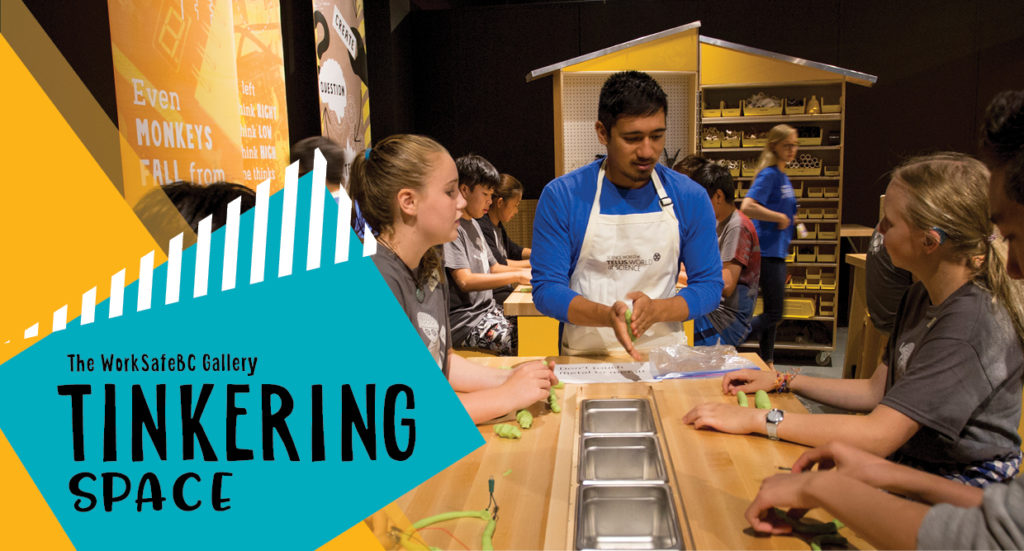In this activity, students play with solar panels, complete a solar panel-motor circuit, and use art materials to create spinning masterpieces.
What do you need to make a motor turn?
Usually we use an electric current provided by a battery or an electrical socket. The sun can also generate a solar electric current with the help of the same element that is in sand, silicon. When sunlight heats specially-prepared silicon sheets (photovoltaic cells), it causes some of the electrons to move. This movement of electrons IS electricity.

